Tuesday, 23 April 2024
Menu
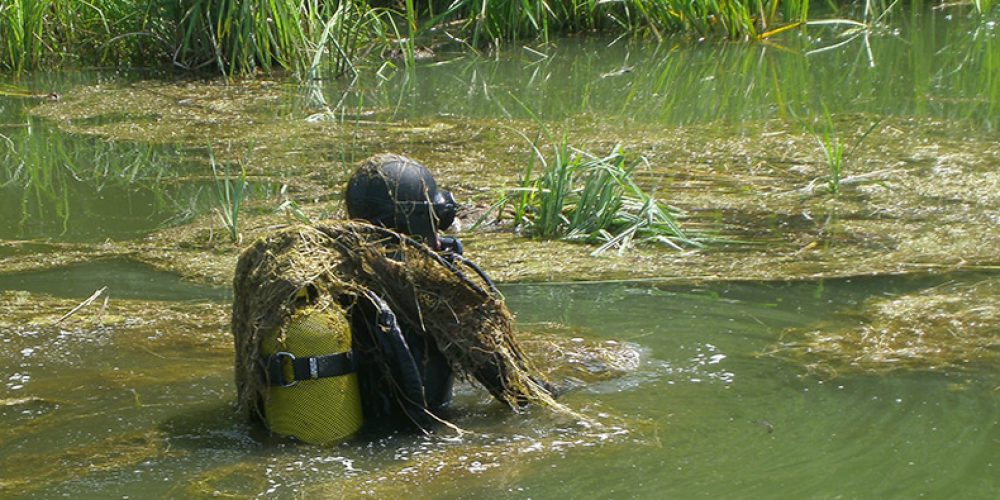
Before our eyes appeared an old wooden barrier, an equally old sign with the inscription “PRIVATE AREA. ENTRY FORBIDDEN”. For a few long moments we were walking around the unexpected obstacle, thinking what to do next. Suddenly, out of nowhere, a guy appears in front of us, dressed head to toe in camouflage clothing. In his hand he holds nothing but a huge, loaded shotgun… He comes up to us and asks, in a not very nice and friendly tone, what we want and why we are here. After a while he notices our rib pulled on a trailer and with even less kind tone he announces that it is categorically forbidden to swim and use the water in any way.
After a long conversation between our manager and the ranger, as well as his boss on the phone, we were given permission to enter the area and carry out archaeological excavations… but we are categorically forbidden to fish and export fish from here. As it turned out, the lake in Łodygów had been transformed into nothing more than a private, closed breeding pond belonging to a private fish farm, which breeds carp (yes, yes, mainly for the Christmas table).
So here we go! There are three large islands in the lake, which were of interest to explorers in the distant past. They are located in a small distance from each other, and their arrangement forms a characteristic triangle. We reach one of them and, groomed, we jump into the water. It turns out that the water in which we are to work for the next few days is almost black and strangely “thick”.
Time for the first dive… and… it’s exactly as we thought. Visibility is zero (that is when you close your eyes underwater and it seems to be brighter and clearer than with your eyes open), depth is maximum 2 meters and from time to time carp are lazily bumping against us. As it turned out later, the water seemed thick for two reasons. Firstly, because of the nature of the tank, which was definitely eutrophic, and secondly, the carp were being fed by nothing but feed thrown into the water (!), which was still at the bottom for some time.
However, to the point, it is time for a piece of archaeology. The non-invasive research was carried out in several stages. The first was the use of a bottom sediment profiler, sonar and echo sounder, as well as GPR. Based on the results of these surveys, a number of promising points were identified to be tested in the next stage. This stage consisted in the verification by a team of divers of potential sites where anomalies had been detected. As mentioned earlier, the water of questionable clarity forced the researchers to search in the dark, relying only on their sense of touch and, in some cases, on the assistance of an underwater metal detector.
The results were more than astonishing. Numerous remains of human activity, mainly from the early medieval period, were encountered during the survey. Six new underwater sites were located during the survey, two of which are medieval bridges, connecting the two islands to each other and the mainland.
In total, more than 300 archaeological artefacts have been discovered, documented and inventoried, of which around 100 are items made of various metal alloys. Among them we can distinguish numerous bronze belt buckles, tin lanyards, javelin arrowheads or fragments of axes, sickles and chisels. Also found were flints, keys and various fragments of household objects. Apart from metal objects, numerous fragments of ceramic vessels or animal bones were found at the sites.
Can the role of this place, which is an island complex on Lake Łodygowo, be grasped on the basis of metal relics? Well, the artefacts alone cannot explain it precisely. Nevertheless, the context in which they were found changes things completely. The sites investigated are located on the Slavic-Prussian border.
There are three islands on the lake at Łodygowo, which were undoubtedly used at one time and for a long period of time. Two huge bridges led to the main island, most probably made of oak, which is very durable and resistant to climatic conditions. The artefactual material found in the coastal parts, including a large collection of pottery and animal bones (of a rather unusual character for medieval settlements), as well as a very numerous and varied collection of metal objects, may give the researcher some valuable remarks relating to the role of the complex.
For the time being, it can be said that this place, for what reason is not yet known, acted as a central place in the whole surrounding area. Undoubtedly, it had a very large and diverse population. Therefore, it must have been very important and had a much higher status than normal (ordinary) settlements or towns. It may be assumed that the Łodygów complex was a kind of settlement-gate, which stood on the border between the Slavic and Prussian worlds, through which numerous ideas and goods from both sides of the borderland passed.
I almost forgot! We still have one last stage of research left. Verification of the findings after draining the water from the pond. Yes – it turned out that the lake for the time of the “carp harvest” (it is impossible to call it fishing) is partially drained. It turns into a kind of a big stinking swamp, which we poor archaeologists had to cross.
You don’t even want to imagine how smelly our wetsuits were after that trip, and how long it took us to get them back into use. But… it was worth it. We were able to verify the course of the bridges, as their remains protruded above the mirror of this indefinable swampy slush.
After a very positive day full of good finds, we had enough water for a while, especially water into which fish food is often thrown.
Photo: Jakub Maciejewski

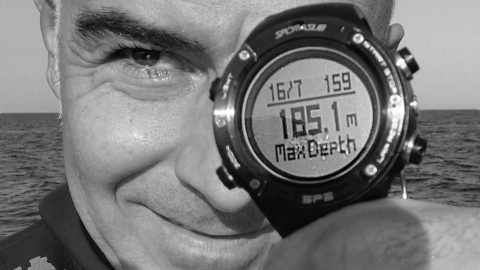


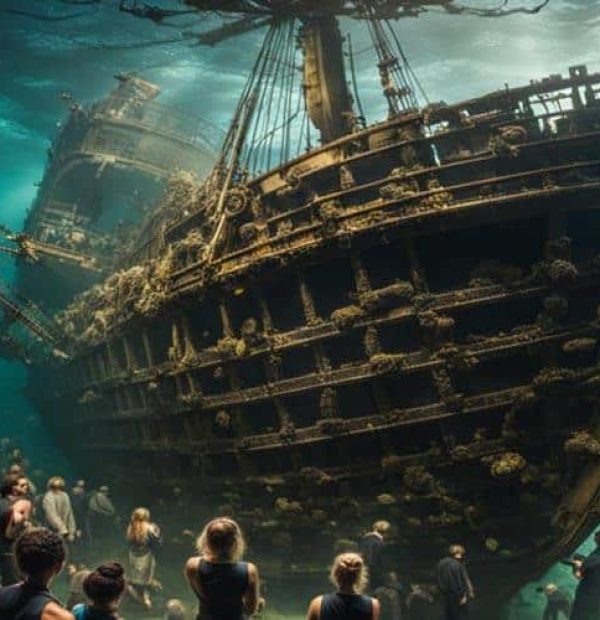


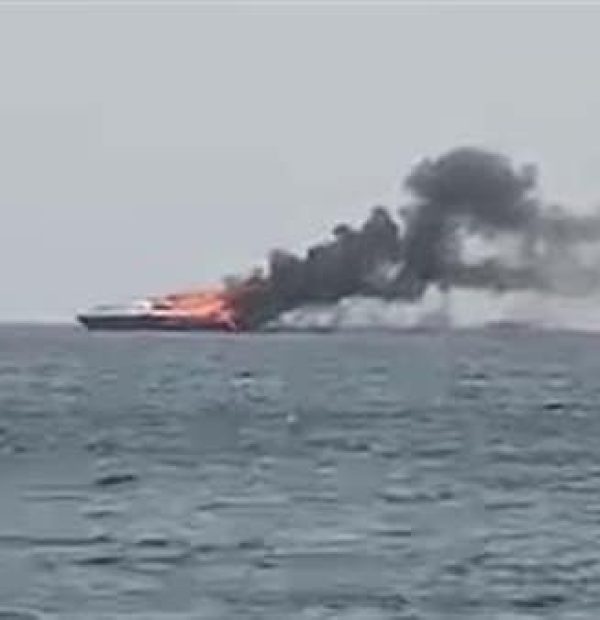
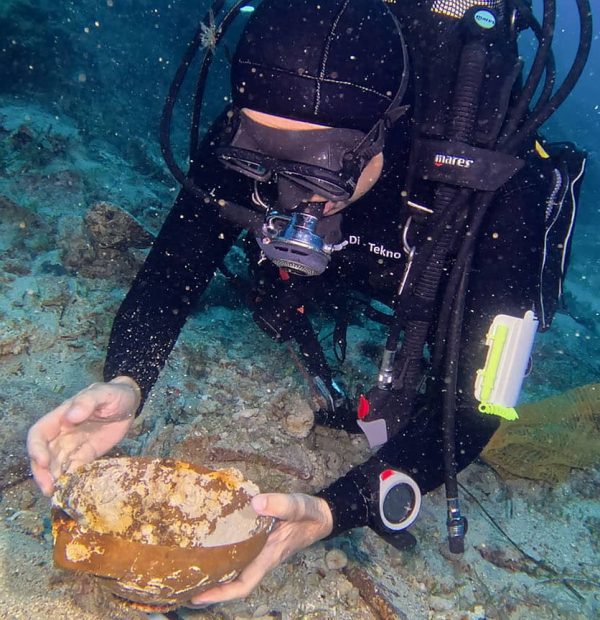

Welcome to DIVERS24.COM, your daily source of scuba news, freediving, scuba diving information, and equipment reviews. Our comprehensive coverage of the dive industry from A to Z provides you with all the latest scuba news, training updates, underwater photography tips, and everything else related to scuba diving. Whether you’re a beginner or an experienced diver looking for more knowledge about scuba gear or techniques – we’ve got it covered! With our in-depth articles written by experienced divers who have been there and done that, you are sure to find exactly what you need here at Divers24.com. Dive into scuba news today!
Underwater Media Sp. z o.o.
Szafarnia 11/F8,
80-755 Gdansk, Poland
Welcome to DIVERS24.COM, your daily source of scuba news, freediving, and scuba diving information. Sign in for a weekly news update and discount coupons for dive gear and apparel.
@2023 - underwatermedia.pl. All Right Reserved. Designed and Developed by Tworzenie stron internetowych Gdansk

The Divers24 portal is currently the largest online medium treating diving in Poland. Since 2010 we have been providing interesting and important information from Poland and around the world on all forms of diving and related activities.
Contact us: info@divers24.com